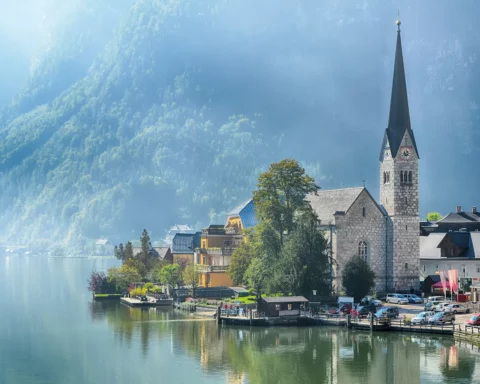Architects, especially the most well-known ones, are usually associated with pricey houses and sizeable public buildings. However, take a look at their motivations or the causes they champion, for instance, at the Venice Biennale of Architecture, and you’ll appreciate their efforts in alleviating sorrow in the lives of those less fortunate. Shigeru Ban architects is no exception here.
Paper architecture
“You can live in a house designed by Shigeru Ban only if you are recently homeless or exceedingly wealthy,” wrote “The New Yorker” about the Tokyo-born “starchitect” (a portmanteau for star architect). Although it may sound like a mockery, there is some truth to the statement. Shigeru Ban architects derives from the original Japanese idea of using paper as a construction material.
When done for a luxury project, his innovative use of paper rolls for long-span projects are an elegant, unconventional – and pricey – addition. However, he has also developed a way to use paper architecture as a cost-effective material to construct temporary disaster-relief accommodations, which won him the coveted Pritzker Prize in 2014. In awarding the prize, the jury wrote, “Where others may see insurmountable challenges, Ban sees a call to action.”
Shigeru Ban Ukraine
Ban is famous not only for his Paper Log House in Kobe, Japan, or the Cardboard Cathedral in Christchurch, New Zealand. He is equally as well-known for refugee housing architecture. Using recycled paper materials, he already had some experience in temporary disaster relief settlements worldwide, having worked on housing after disasters in places like Rwanda, Haiti, and his own home country of Japan.
Then the Russian war on Ukraine began. Neighboring Central European countries, especially Poland, were flooded with refugees escaping war atrocities as Russian crimes against humanity increasingly compensated for the lack of military success. Frontier cities, such as Chełm, Rzeszów, Przemyśl, and Lublin, became large refugee hubs for people looking for a place to stay and for those who already knew where to head.
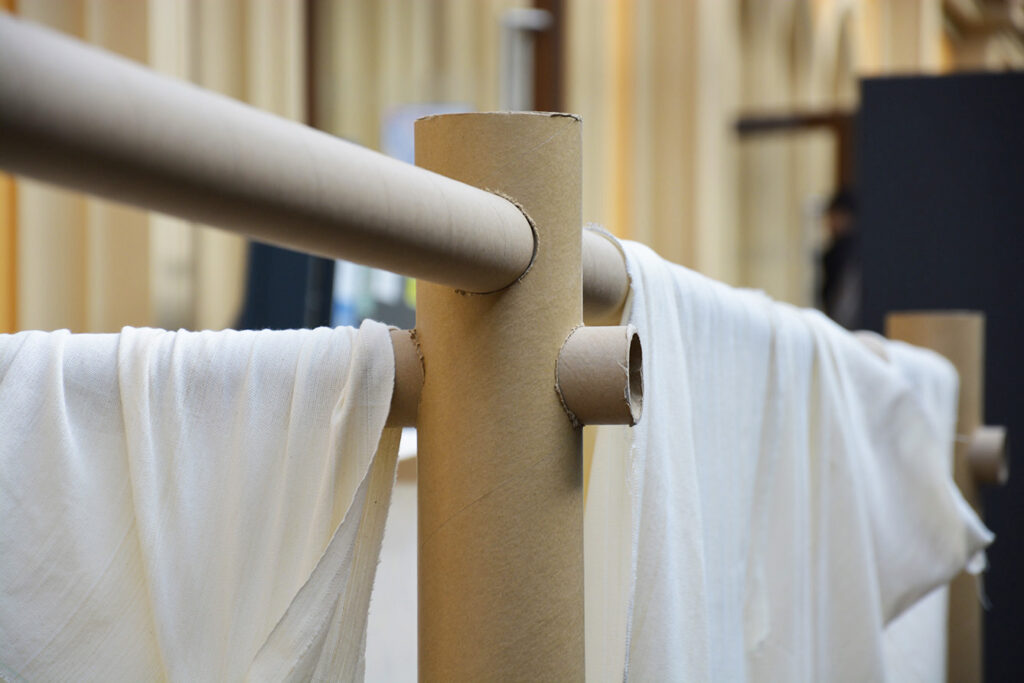
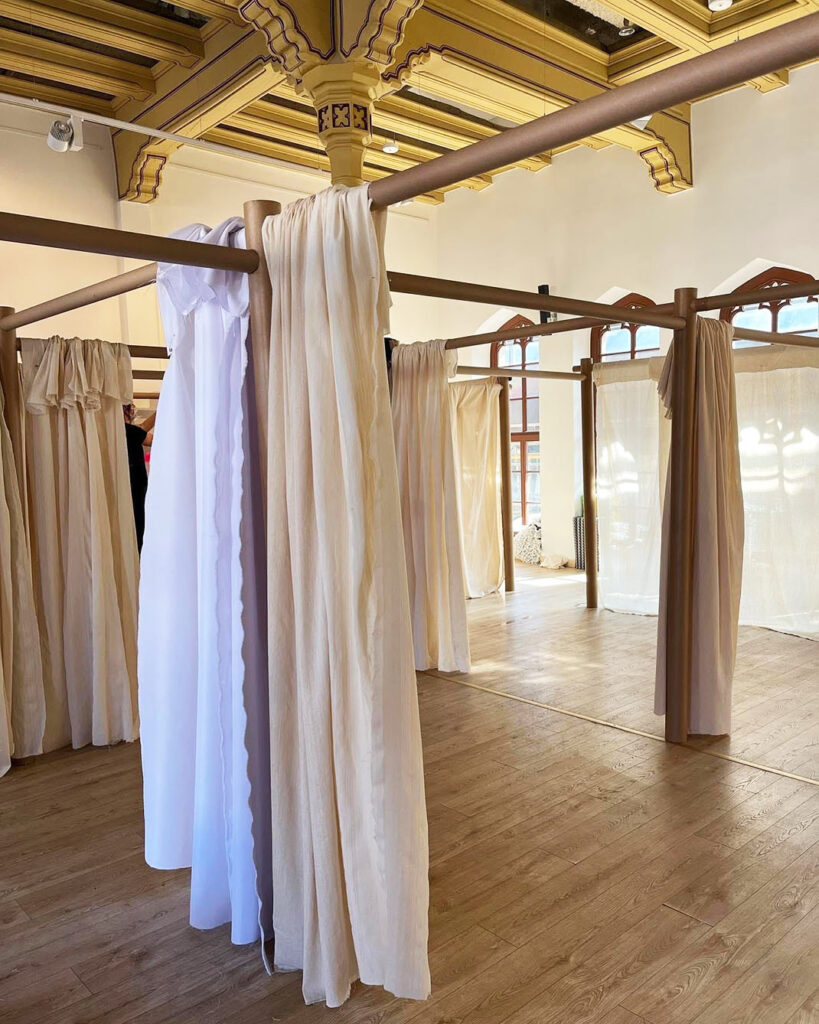

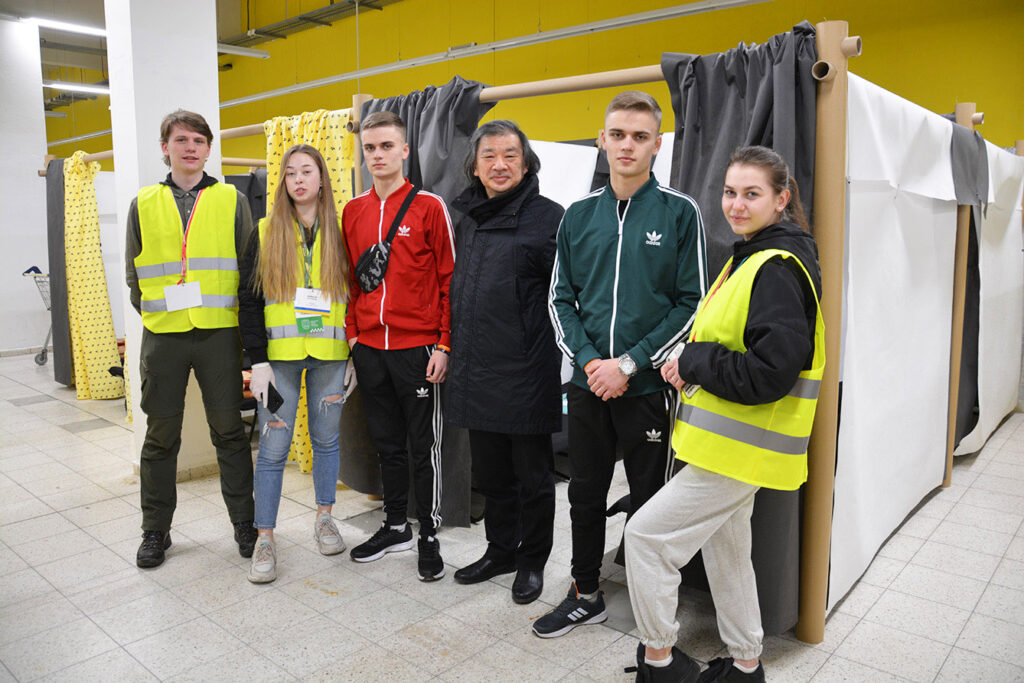
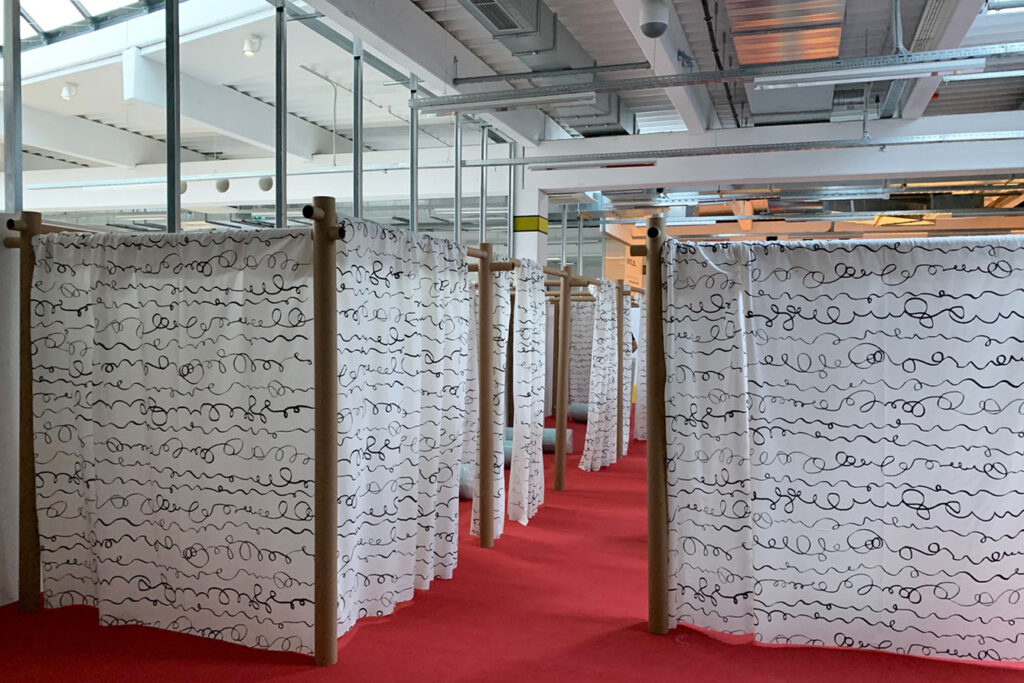
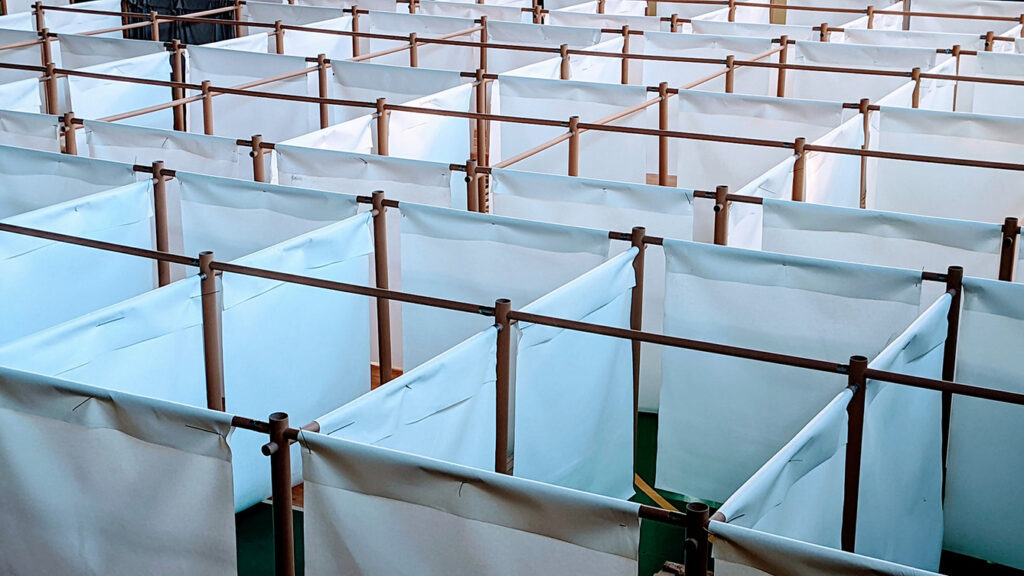
This is where Shigeru Ban’s idea reached Central and Eastern Europe architecture. Shigeru Ban himself visited Chełm to collaborate on the project. Along with a team of architects, students, and volunteers led by Hubert Trammer, they turned an abandoned Tesco supermarket into a refugee camp. Although refugee camps have started popping up in other cities along the border, this one is different in design.
Refugee housing architecture
Simple cubic structures made of paper tubes, recycled from rolls of textiles, serve as pillars to support paper walls. This cheap and quick design aims to return a sense of privacy, harmony, and calm, which people in crisis situations desperately need. This temporary shelter adapted from a former supermarket also features all the necessary amenities, including a former food court-turned-canteen.
The concept has been gaining traction, with some elements of the design, as well as the solution itself, now being popularized across the region. Some elements have now been sent to Lviv, Ukraine, and the first prototypes are already in use in the Wrocław train station. Paper architecture won’t replace actual homes, but can serve as relief in refugee crises.
Check also: Will the War in Ukraine Strengthen British-3 Seas Relations?



